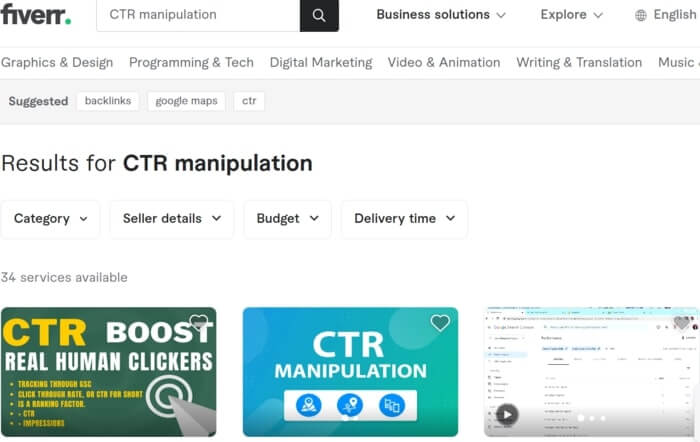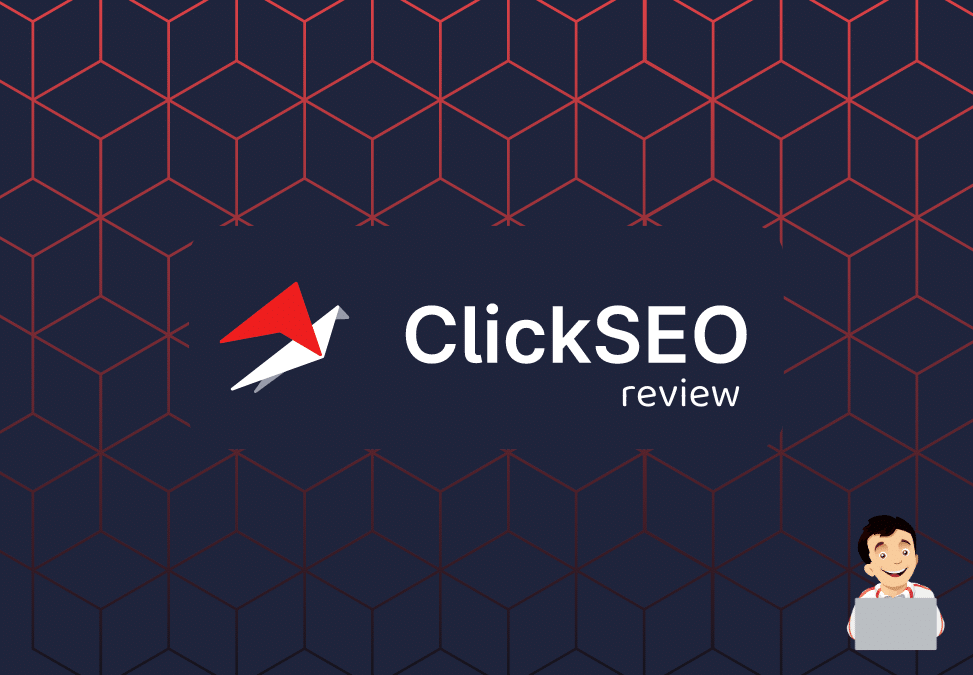Boost Your Business Visibility with Our CTR Manipulation Service
Boost Your Business Visibility with Our CTR Manipulation Service
Blog Article
Enhancing Organic Click-Through Rates With CTR Adjustment
The optimization of organic click-through rates (CTR) is a nuanced undertaking that pivots on comprehending both customer psychology and reliable web content presentation. The landscape is raging with misunderstandings and oversimplifications concerning what absolutely drives CTR.
Understanding Click-Through Rates
Understanding click-through prices (CTR) is vital for reviewing the effectiveness of online marketing strategies. CTR gauges the portion of individuals who click a specific link or ad contrasted to the total variety of customers who see it. A greater CTR shows that the web content is engaging and relevant to the target audience, while a lower CTR may signify a demand for optimization.
To determine CTR, divide the variety of clicks by the variety of perceptions and increase by 100. For example, if an advertisement gets 300 clicks out of 10,000 impacts, the CTR would certainly be 3%. This statistics is important for assessing different elements of electronic advertising and marketing, consisting of search engine optimization (SEARCH ENGINE OPTIMIZATION), email campaigns, and social networks advertising and marketing.
Furthermore, evaluating CTR aids online marketers recognize which methods yield the best results and which call for refinement. By concentrating on boosting CTR, services can boost their web content's visibility and efficiency, causing increased traffic and prospective conversions. Understanding the nuances of CTR is foundational for any type of marketing expert aiming to maximize their on the internet presence and take full advantage of return on financial investment (ROI)

The Psychology of User Actions
User behavior is dramatically influenced by mental variables that determine how people engage with online material. Recognizing these variables is necessary for optimizing click-through rates (CTR) in natural search engine result. Cognitive predispositions, such as the anchoring impact, play an essential role in forming users' understandings. When individuals run into information, their initial impacts can heavily affect their subsequent judgments regarding relevance and reputation.
Psychological feedbacks also considerably impact user behavior. Content that reverberates psychologically can set off a sense of necessity or curiosity, prompting users to click. Furthermore, social proof-- such as individual testimonials or scores-- can enhance trust fund and encourage involvement, as individuals frequently aim to the actions of others to notify their own choices.
Moreover, the concept of scarcity can drive clicks - GMB CTR Manipulation. Limited-time deals or unique web content produce a concern of losing out (FOMO), compelling customers to act promptly. Comprehending these emotional chauffeurs enables marketing professionals to create even more engaging web content that resonates with their target audience
Efficient CTR Manipulation Techniques
Leveraging psychological understandings can considerably boost click-through prices (CTR) via targeted adjustment methods. One of one of the most effective techniques is making use of engaging headlines that stimulate curiosity or seriousness. Wording titles as inquiries or incorporating numbers can bring in more interest, prompting individuals to click.
Another technique involves enhancing meta summaries to create a feeling of relevance and immediacy. By plainly detailing the advantages or solutions offered in the material, you can engage potential visitors and convince them to click. Furthermore, making use of power words-- such as "special," "proven," or "free"-- can enhance the allure of your material.
Visual components likewise play a crucial duty. Including distinctive images or thumbnails can draw users in and enhance CTR. A/B testing various visuals can aid determine which photos reverberate finest with your audience.
Last but not least, guaranteeing that your material promises deliverable worth results in greater CTR. They are a lot more likely to engage when customers perceive that clicking will certainly provide them with significant insights or remedies. By utilizing these techniques attentively, marketing experts can properly control CTR to their advantage while preserving ethical requirements.
Usual Misconceptions Concerning CTR
Numerous misunderstandings surround click-through rates (CTR) that can lead marketers to make misdirected decisions. One widespread myth is that a greater CTR constantly equates to better efficiency. While a high CTR recommends that even more individuals are clicking, it does not ensure sales or conversions. Eventually, the efficiency of traffic depends on the high quality of the landing page and the significance of the web content.
Another common idea is that CTR is an isolated metric. Actually, CTR should be examined in conjunction with various other efficiency indications, such as bounce price and conversion rate, to gain an alternative sight of project success.
In addition, some marketing professionals presume that enhancing for CTR alone suffices. Concentrating exclusively on CTR can lead to clickbait methods that may draw in clicks yet stop working to engage individuals meaningfully. GMB CTR Manipulation. This technique can harm brand online reputation and lead to reduced retention rates
Finally, there is a concept that CTR techniques are generally reliable. The truth is that optimum learn this here now CTR tactics can differ significantly throughout sectors and target market, necessitating customized approaches for various market sections. Understanding these myths is critical for creating effective CTR approaches that line up with overarching advertising objectives.
Measuring CTR Success
Although high click-through prices (CTR) can suggest successful engagement with web content, measuring their true success requires a thorough analysis of several aspects. It is important to understand the context in which the CTR is accomplished. A high CTR on a deceptive title may not equate to purposeful involvement or conversions, inevitably mirroring badly on the brand name's credibility.
2nd, assessing the source of website traffic is essential. Organic traffic from online search engine can signify a durable content approach, while clicks from unnecessary sources may show an absence of targeting. In addition, measuring the subsequent individual habits is important; examining metrics such as bounce price, time invested on web page, and conversion rates can supply much deeper insights into the quality of the involvement started by the CTR.

Conclusion

The optimization of natural click-through prices (CTR) is a nuanced endeavor that hinges on comprehending both individual psychology and efficient material presentation. CTR measures the portion of users who click on a particular link or promotion contrasted to the overall number of customers who watch it. A greater CTR suggests that the content is engaging and pertinent to the target audience, while a reduced CTR may signify a demand for optimization.
Concentrating specifically on CTR can lead to clickbait tactics that might draw in clicks but stop working to involve customers meaningfully. Furthermore, measuring the subsequent user behavior is vital; analyzing metrics such as bounce rate, time spent on page, and conversion check rates can provide deeper insights into the quality of the engagement started by the CTR.
Report this page